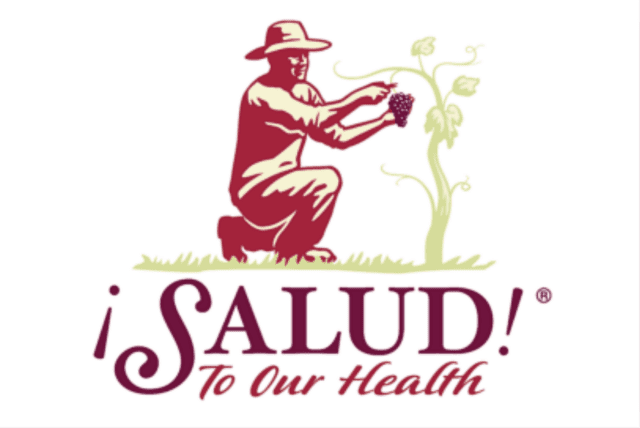Sauvignon Blanc is South Africa’s biggest export cultivar, and its most consumed cultivar domestically; outstripping Chenin Blanc and Chardonnay in the mass market game. But while familiarity has bred a formidable level of contempt among snootier wine voices, there are a few bottles of 30-year-old Stellenbosch Sauvignon that might silence them all.
Of all the wine geeks in the world, Sauvignon Blanc nerds are by far the finest.
Their desire to understand the minutiae of clonal material, volatile aromas, solar radiation, and yeast strain dynamics, makes the natural wine geek community look positively negligent. Or at least strangely incurious.
During a recent conversation with Concours Mondial du Sauvignon judge, Dr Carien Coetzee, I asked her a series of questions that I thought were offbeat enough to spark some geniunely fresh lines of thought; but it very soon became clear that she had already pondered all of my obtuse questions at length, and had even written multiple papers on the topics.
ME: “Why am I smelling blackcurrant in a white wine?
CC: Ah, Mercaptans! Specifically MMP4. Here’s an article.
ME: “Aren’t Mercaptans defects?”
CC: “Not always. They change their effect at different concentrations. Sometimes it’s guava, and sometimes it’s cat urine. Here’s an article.
SOME THINGS CHANGE…
I later learned that mercaptans are thiols; thiols are mercaptans (and Finkel is still Einhorn), but their names have changed; “mercapto groups” are now called “sulfanyl groups”, and what was once called “4-Mercapto-4-methyl-pentan-2-one (or 4MMP) is now called 4-methyl-4-sulfanylpentan-2-one (4MSP). Or so says the





